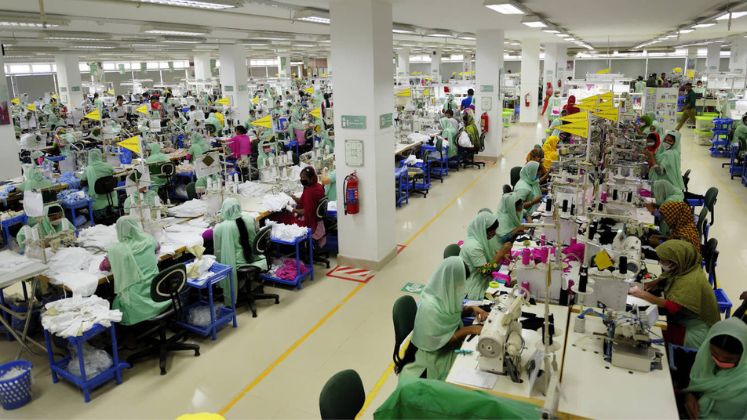
Despite a wave of factory closures in Bangladesh’s garment sector, export earnings have shown remarkable growth, raising questions about the industry’s resilience amid ongoing challenges. Recent data from the Export Promotion Bureau (EPB) indicates that export revenue from the readymade garment (RMG) sector has increased by approximately 13 per cent in the first six months of the current fiscal year compared to the previous year, with December alone witnessing an 18 per cent rise.
Industry leaders attribute this paradoxical growth to several key factors:
Workers have become more skilled, leading to increased productivity in operational factories, particularly among larger and more efficient manufacturers. While many small and medium-sized factories have closed, larger factories have scaled up production to absorb bulk orders, mitigating the impact of smaller factory closures.
The industry is producing more value-added and premium-quality garments, which command higher prices per unit, contributing positively to export earnings. Major international brands are increasingly favoring reliable and sustainable factories, resulting in a concentration of orders in fewer, larger factories.
Domestic and global supply chain disruptions have led to delayed shipments from older orders, which are now reflected in current export statistics, boosting the figures. Bangladesh has diversified its sources for cotton and raw materials, ensuring production continuity without major disruptions.
Despite the growth in exports, challenges persist. Rising production costs, including increased wages and expenses, are squeezing profit margins for many manufacturers. Additionally, the closure of factories linked to the previous government has further strained the industry. However, industry representatives note that many workers from closed factories have found employment in larger operational ones, helping to stabilize the workforce.
As the garment sector navigates these turbulent times, its ability to adapt and consolidate resources appears to be a key factor in sustaining export growth.






